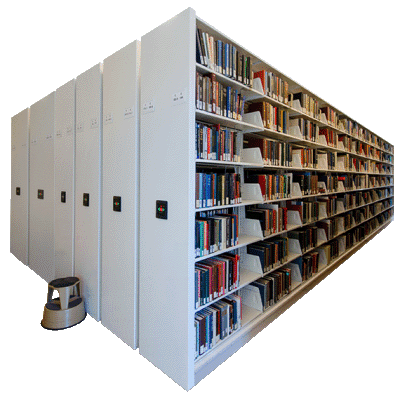I am designing a library for one of my clients. The building will be steel framed with a composite floor system.
Given this building is a library.......how do you guys feel about what an allowable floor deflection might be? If I set my live load deflection to L/360....and my overall deflection to about L/320...that seems about right....but I feel like I may need to be slightly more conservative.
For example, the code requires I design the floor for 150 psf uniform live load within stack rooms. My architect is saying design the whole floor for the 150 psf, as we don't know where stacks might end up. That said, as an example, for a 32' long span, 10' beam spacing.....my live load deflection is 5/8" and my overall deflection is 1.15"....for a W24 x 55. I can't determine if I feel like that's ok or not.
Have any of you guys designed library floors before out of steel? What deflections did you feel comfortable with?
Given this building is a library.......how do you guys feel about what an allowable floor deflection might be? If I set my live load deflection to L/360....and my overall deflection to about L/320...that seems about right....but I feel like I may need to be slightly more conservative.
For example, the code requires I design the floor for 150 psf uniform live load within stack rooms. My architect is saying design the whole floor for the 150 psf, as we don't know where stacks might end up. That said, as an example, for a 32' long span, 10' beam spacing.....my live load deflection is 5/8" and my overall deflection is 1.15"....for a W24 x 55. I can't determine if I feel like that's ok or not.
Have any of you guys designed library floors before out of steel? What deflections did you feel comfortable with?


